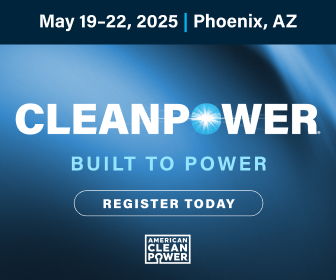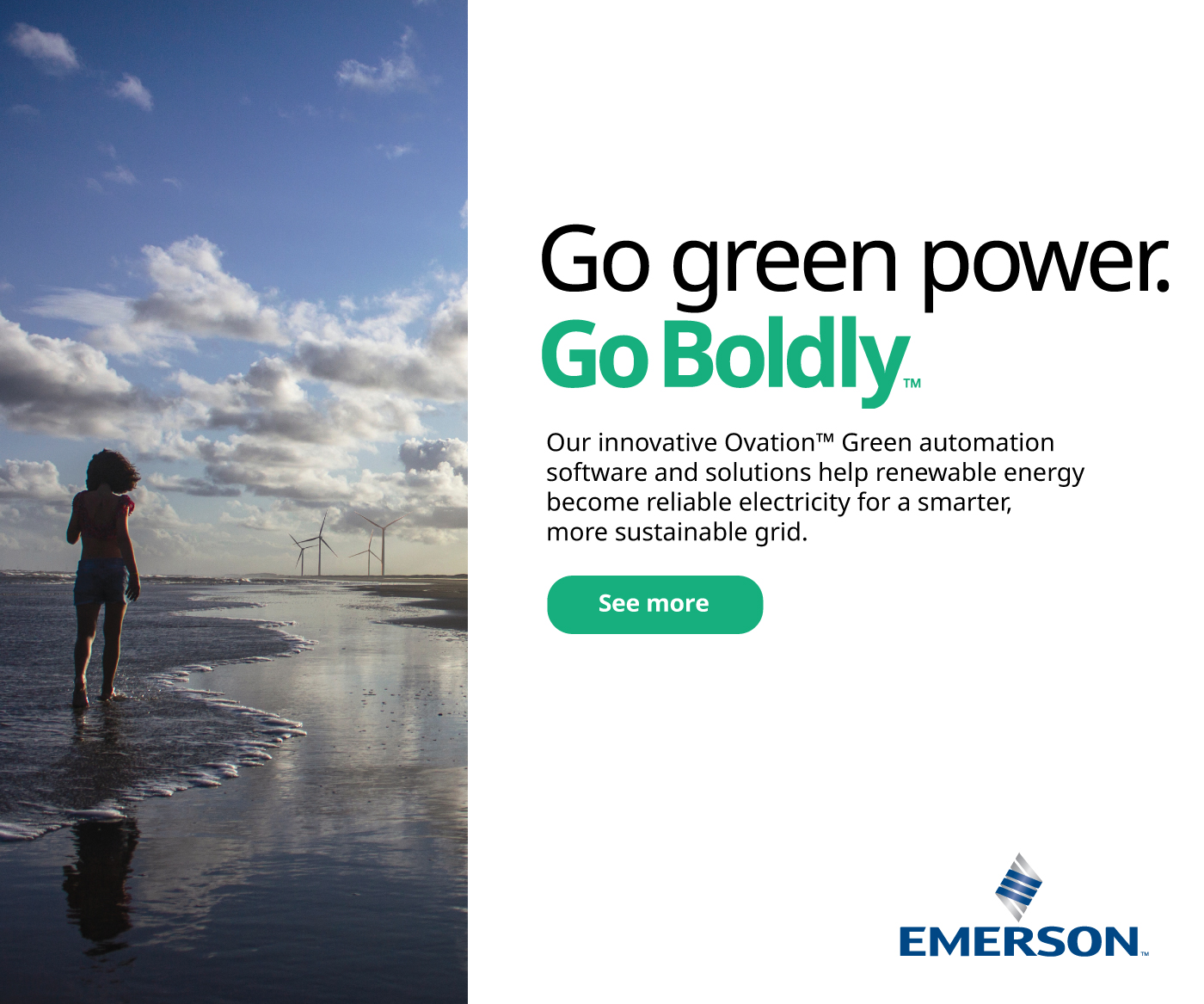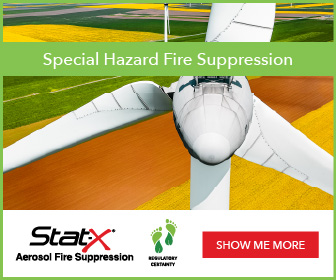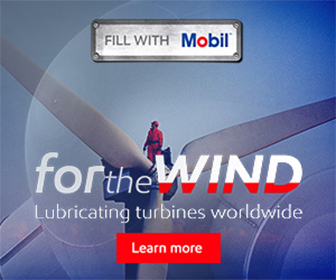DOE Releases Funding Opportunity to Reduce Costs of High-Voltage Direct Current Transmission
The U.S. Department of Energy’s (DOE) Wind Energy Technologies Office (WETO) and the Office of Electricity (OE) released a $10 million funding opportunity announcement (FOA) to fund research to drive innovation and reduce costs of high-voltage direct current (HVDC) voltage source converter (VSC) transmission systems. HVDC transmission systems are more efficient than traditional alternating current (AC) transmission systems for transmitting electricity over long distances while minimizing power losses. Many renewable resources are in remote locations on land, or planned far from shore (e.g. offshore wind), and HVDC transmission provides a cost-effective solution for renewable integration onto the grid. This FOA will enable long distance transmission for offshore wind energy and support the Floating Offshore Wind Shot.
HVDC transmission requires switching power sources from AC to DC and back again to connect to the grid, and using a HVDC VSC to conduct the power switch is optimal as it can turn itself on and off when needed, enabling consistent grid stability.
This investment is intended to enable future grid upgrades needed to cost-effectively integrate an increasing amount of renewable energy generation on to the grid, both onshore and offshore. It is the first action taken to support DOE’s HVDC COst REduction (CORE) Initiative, which aims to reduce the cost of HVDC systems by 35% by 2035 to promote widespread adoption of the technology. Cost-effective HVDC VSC transmission systems will enable and simplify interconnection of renewable resources onto the nation’s grid. Learn more about DOE’s HVDC activities.
This FOA seeks applications for innovative designs of HVDC VSC systems to reduce costs and promote adoption of the technology across the United States. Target areas for VSC design innovation under this FOA include, but are not limited to, increasing the power capacity of the converter, increasing the distance power can travel on the grid, decreasing the size of the converter substation, and increasing the lifespan of the system.
These activities support a government-wide approach to addressing the climate crisis, including driving innovation that can accelerate deployment of clean energy technologies.
Applicants must submit concept papers by 5 p.m. ET on November 14, 2023, to be eligible to submit a full application.
This funding opportunity will focus on cost-reduction innovations for VSC systems. Below are potential areas for innovation under this FOA.
- Power Capacity: While current power capacities of converter substations are sufficient for today’s needs, increases in power capacity could lead to a more efficient grid in the United States. Higher capacities could allow for increased generation connections to a single substation, thus limiting the number of substations and cost requirements to transmit the same amount of power.
- Voltage Limit: The higher the converter voltage, the longer the distance that can be reached by the HVDC transmission line. To improve the voltage limit of VCSs, devices could be investigated to reach higher voltages.
- Size & Power Density: Offshore substations are currently larger than football fields, making their construction and installation costly. Decreasing the size of converter substations or increasing the power density of converter substations could reduce overall system costs.
- Lifespan & Reliability: A typical HVDC converter has a lifespan of about 25 years. Exploring design innovations that could extend the life of power electronic components within the converter beyond 25 years could reduce overall lifetime cost of the system.
Domestic entities are eligible to participate as a prime recipient or subrecipient of this funding opportunity announcement.
- Institutions of higher education
- Research institutions
- For-profit entities
- Non-profit entities
- State and local government entities
- Tribal nations
| FOA Issue Date: | Sept. 27, 2023 |
| Submission Deadline for Concept Papers: | Nov, 13, 2023, at 5 p.m. ET |
| Submission Deadline for Full Applications: | Feb. 5, 2024, at 5 p.m. ET |
| Expected Date for DOE Selection Notifications: | June 2024 |
| Expected Timeframe for Award Negotiations: | September 2024 |
DOE | https://www.energy.gov/eere/wind/wind-energy-technologies-office












